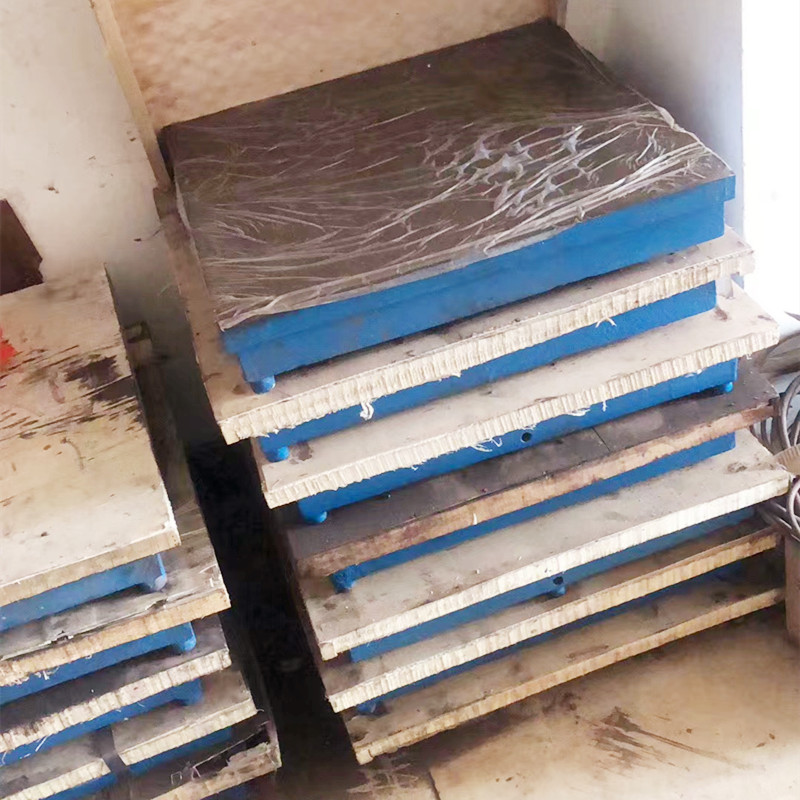نويابىر . 18, 2024 21:42 Back to list
linear guide rail bearing
Understanding Linear Guide Rail Bearings A Comprehensive Overview
Linear guide rail bearings are essential components in various industrial applications, providing precision, stability, and efficiency in linear motion systems. They are widely utilized in machinery, robotics, automation equipment, and any application where smooth, precise movement is crucial. This article delves into the workings, types, advantages, and applications of linear guide rail bearings, shedding light on their significance in modern engineering.
What are Linear Guide Rail Bearings?
Linear guide rail bearings are mechanical devices designed to provide smooth linear motion between two moving parts. They consist of rails and rolling elements, typically ball bearings or rollers, that facilitate the movement of a carriage along the rails. The design allows for minimal friction and wear, ensuring longevity and reliability in demanding environments.
The primary function of a linear guide is to support and guide the load while allowing for linear movement. These bearings are engineered to ensure that the motion is as smooth as possible, enabling high-speed operations and precise positioning.
Types of Linear Guide Rail Bearings
1. Ball Linear Guides These are among the most common types of linear guides. They utilize ball bearings to reduce friction as the carriage moves along the rail. Their design allows for high-speed operation and can handle both axial and radial loads, making them versatile for various applications.
2. Roller Linear Guides Similar to ball guides, roller linear guides use cylindrical rollers instead of balls. They offer higher load capacities and improve stability, making them ideal for heavier applications where greater resistance to deformation is required.
3. Profile Rail Guides These are characterized by their rectangular cross-section, providing increased stiffness and load capacity. Profile rail guides are popular in applications that utilize automation and CNC machines due to their ability to maintain accuracy over long distances.
4. Heavy-Duty Linear Guides Designed for extreme conditions, these guides can handle significantly heavier loads and are made from robust materials. They are employed in industries such as mining and heavy manufacturing, where high durability is essential.
Advantages of Linear Guide Rail Bearings
linear guide rail bearing

1. High Precision Linear guide rail bearings are designed to offer high degrees of accuracy in motion. They ensure that the movement of loads is consistent and repeatable, which is critical in applications such as CNC machining and robotic arms.
2. Low Friction The rolling elements in these bearings minimize contact friction, allowing for smoother and faster movement. This feature not only improves efficiency but also extends the lifespan of the components involved.
3. Load Capacity Many linear guide systems are capable of supporting substantial loads, which makes them suitable for heavy industrial applications. The use of high-quality materials enhances their load-bearing capabilities.
4. Versatile Applications Linear guides can be customized to meet specific requirements, making them applicable in various industries including healthcare, aerospace, automotive, and packaging.
5. Easy Installation and Maintenance Most linear guides are designed with user-friendly features, enabling easier installation and maintenance. Regular lubrication and cleaning enhance their performance and longevity.
Applications of Linear Guide Rail Bearings
Linear guide rail bearings find utility across a broad spectrum of industries. In manufacturing, they play a crucial role in machine tools, ensuring high-speed and high-precision operations. In robotics, they assist in the movement of robotic arms, enhancing accuracy in tasks such as assembling and welding.
In the realm of automation, linear guides are indispensable for conveyor systems, pick-and-place machines, and vision systems. Their reliability and precision facilitate efficient production processes, reducing downtime and improving productivity.
Moreover, in the healthcare sector, linear guide bearings enable the smooth operation of surgical equipment, MRI machines, and other medical devices where precise movement is necessary for patient safety and care.
Conclusion
Linear guide rail bearings are vital components that significantly enhance the functionality and reliability of linear motion systems. Their ability to provide smooth, precise, and efficient movement makes them indispensable in many industries. As technology continues to advance, the design and implementation of linear guide rail bearings will evolve, further contributing to the enhancement of industrial processes and automation solutions. Understanding their types, benefits, and applications can help engineers and designers optimize their use, ultimately leading to improved operational efficiency and effectiveness.
-
thread-plug-gauge-our-promise-of-measurement-excellenceNewsAug.22,2025
-
gauge-pin-class-reflecting-quality-legacyNewsAug.22,2025
-
check-valve-types-for-high-rise-buildingsNewsAug.22,2025
-
water-control-valve-for-irrigation-systemsNewsAug.22,2025
-
gate-valve-with-soft-seal-technologyNewsAug.22,2025
-
y-type-strainer-for-oil-and-gas-applicationsNewsAug.22,2025
Related PRODUCTS









